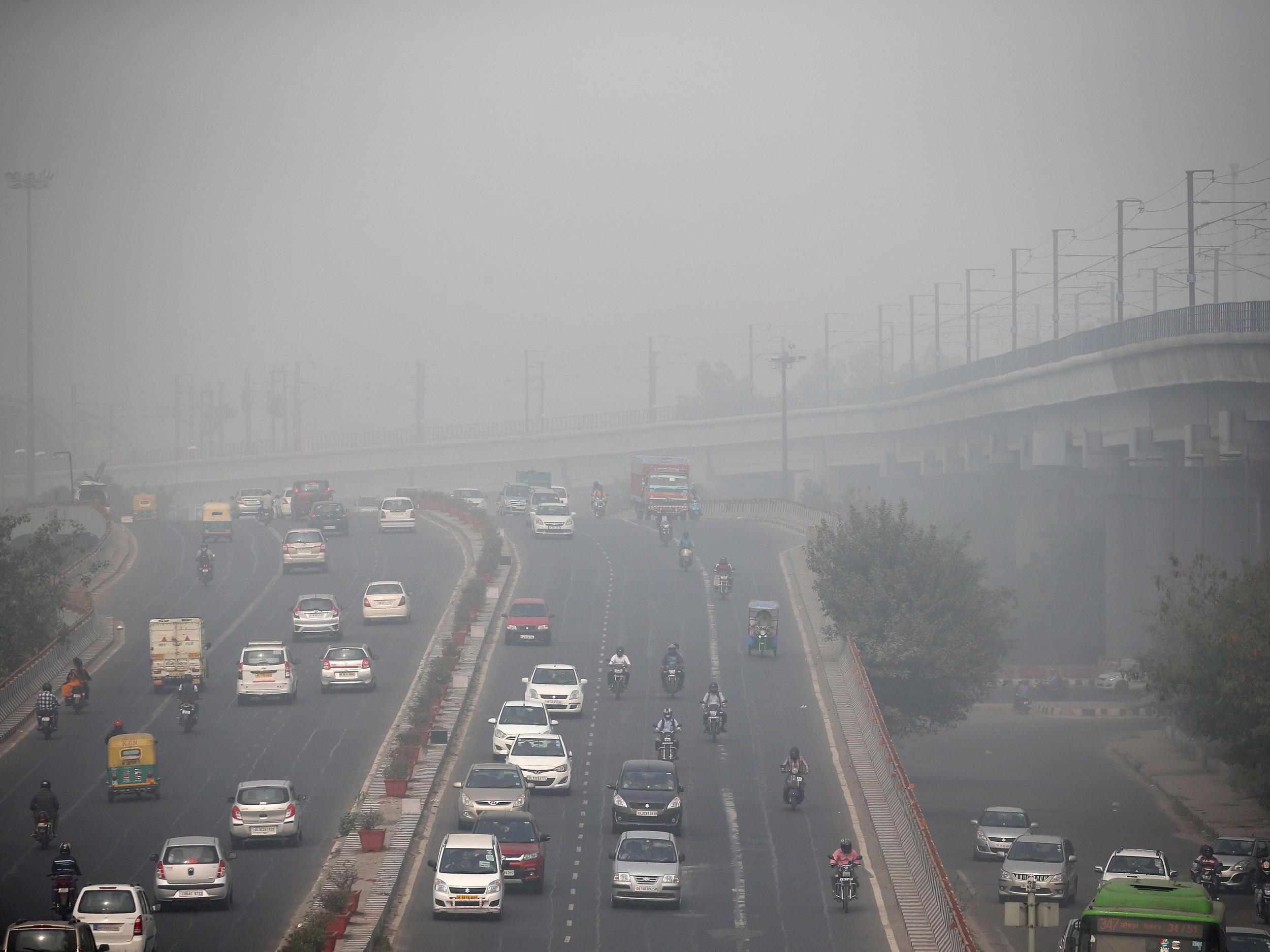- The UN will be using the blockchain Ethereum to distribute funds from the World Food Program to more than 10,000 people in Jordan this summer.
- The computer network is making humanitarian giving simpler and more secure than ever.
Technology has the power to improve people’s lives — and not just by supplying flying cars to millionaires. The computer networks that brought us Bitcoins are advancing in ways that will make humanitarian giving simpler and more secure than ever.




